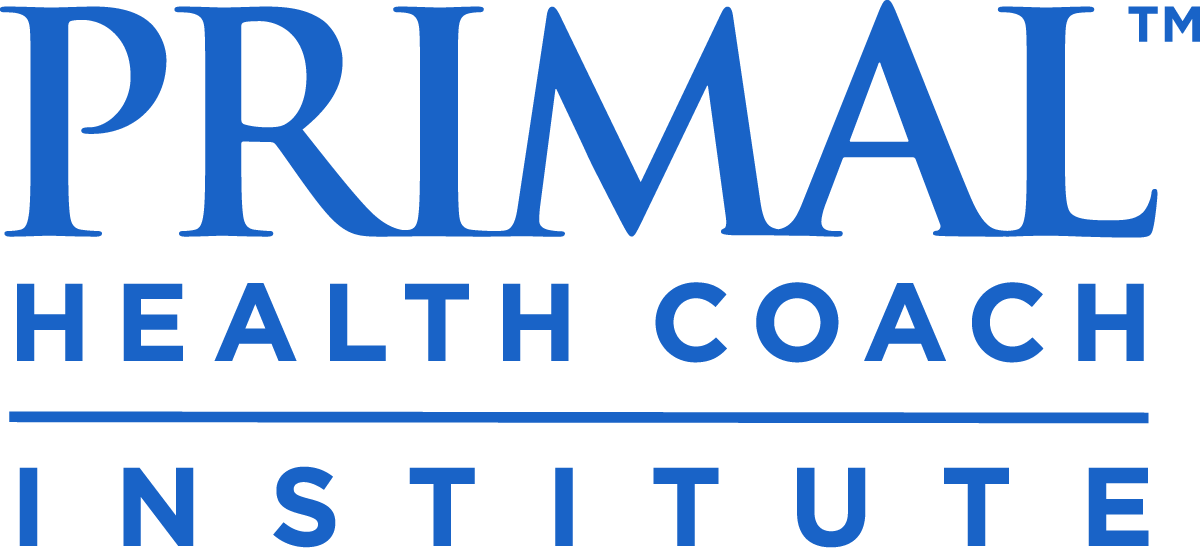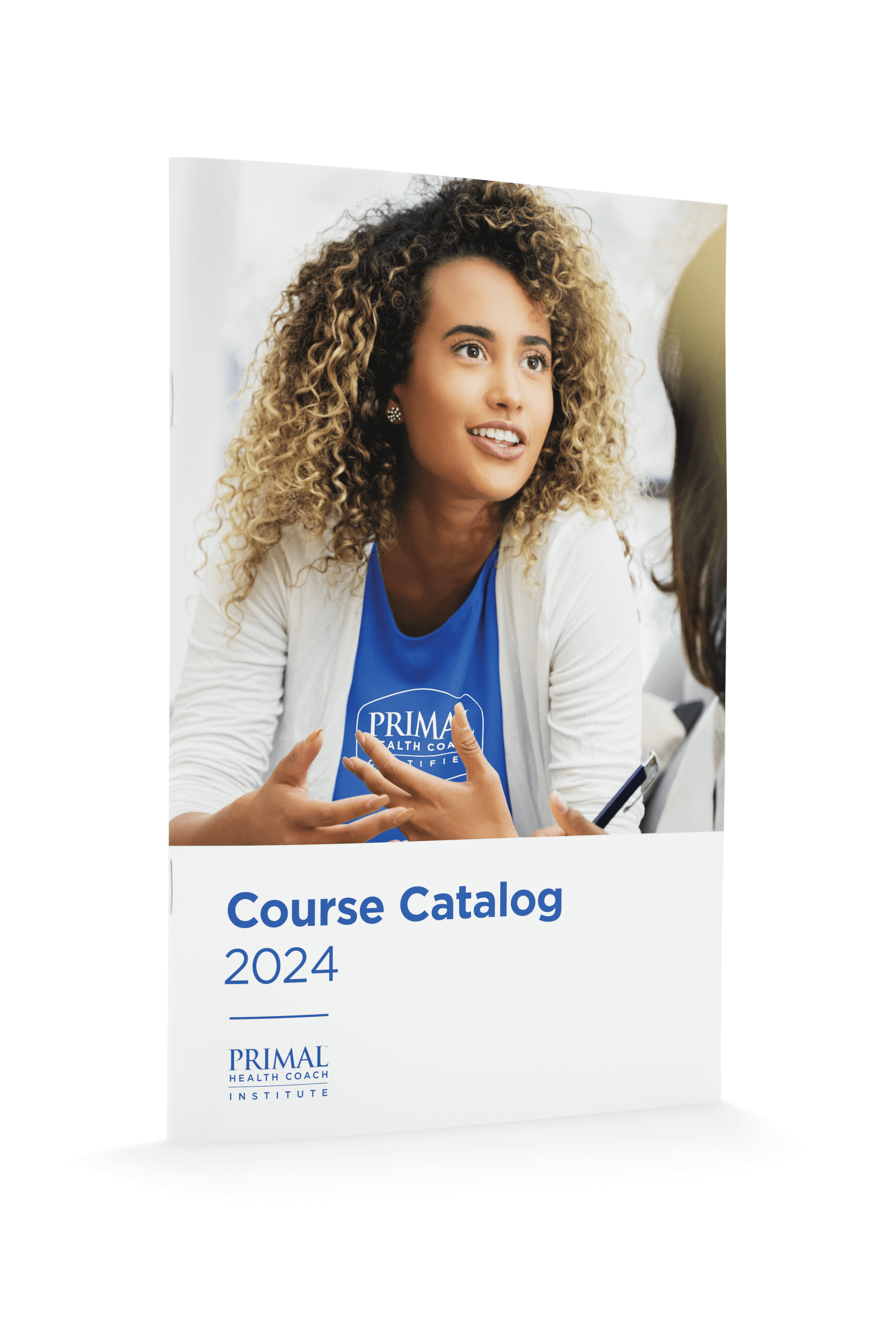
Once you’ve settled into your niche with one-on-one clients and a coaching methodology that works, you may find that the pros of group coaching outweigh the cons, and it’s time to progress in your business with a newly structured offering.
Dozens of variations exist for group coaching, no doubt, but it’s important to understand that group coaching is different from group classes and fully-automated programs. It sounds enticing to throw up information and teach, while passively generating income, of course. However, patience and experience come first.
Take it from health coach educator Erin Power, as she shares her experience crafting her ideal group coaching offer:
“I had thought that all people needed was a pile of education; that they’d be so impressed by how smart I was, they’d open their wallets for me. Turns out, what they really need is help…so I pivoted again, putting more emphasis on the coaching relationship. This was the ticket…I had spent nearly three entire years tweaking and experimenting with the program before it finally got to this point.”
It’s your turn to decide what your ideal clients need from you, so…
Here are 6 tried-and-true group health coaching formats that will get your entrepreneurial juices flowing, all which can be conducted online.
1. Group Challenge
Location: Virtual or In-Person
# of Clients: Typically 6-30 people, sometimes limitless
Structure: Preset Programming (Optional: Personalized Coaching)
Launch Type: Fixed Date
Example Flow…
I’ve been collaborating with a personal trainer to coach a 6-week weight-loss challenge where 30 participants start and end on the same date. They join us on a virtual welcome workshop, and we use this time to educate and review the guidelines detailed in our program’s manual and e-cookbook which they received in advance.
Each member gets two 15-minute virtual check-ins with each coach (first sessions during week one, and the next sessions are at the halfway point). The trainer reviews food logs twice a week, and I go live weekly, teaching lessons and taking questions. Every challenger has access to us via email or Facebook, and most daily interactions occur in the private Facebook group where our intimate community is built. At the end of the program, everyone is offered a 3-week extension or private coaching options.
2. Small Group Coaching: Niche Single Sessions
Location: Virtual or In-Person
# of Clients: 2-10 people
Structure: Personalized Coaching
Launch Type: Fixed Date (single session)
Example Flow…
I collaborated with the LIFE Fasting mobile app to lead semi-private group coaching sessions to guide individuals on fasting for sustainable weight loss.
This format is very unique among other group coaching structures because it is a single, noncommittal session—and I believe it is for that reason the seats are selling out twice a month.
During the one-hour session, I coach 5 people on zoom, for $19 per person, and the flow goes something like this: I take 30-60 seconds to remind them who I am and explain the call structure. Then I ask everyone to state their name and share a quick recent win, no matter how small or big, as it relates to fasting. I go first, to break the ice and share my own example of a seemingly small win.
I then invite them, one at a time—while others stay muted—to share with me their personal fasting challenges and goals (which benefits the entire group as they listen along). Within 50 minutes, each client receives personalized coaching guidance from me, and everyone is clear on what they’re working on moving forward. I’m sure to remind them that these group calls occur monthly, and I’m available for personal coaching if they visit my website.
3. Small Group Coaching: Niche Series
Location: Virtual or In-Person
# of Clients: 2-10 people
Structure: Personalized Coaching
Launch Type: Fixed Date (multiple sessions)
Example Flow…
Collaborating with that same company (LIFEomic), I offer a coaching mini-series that includes 3 group coaching sessions in 30 days to help individuals achieve sustainable weight loss with intermittent fasting. Sessions are on a recurring weekday and time, with a one-week break between sessions two and three.
Since we’ll be together for 30 days, I aim to build cohesiveness within the group. When a client joins the call, they’ve already submitted a brief intake form, and I ask them to state their name and intention for this group series (one by one). I start the call with an inspiring lesson or story that I or a client has experienced (relevant to the niche), and then I give each individual up to 10 minutes with me (while other participants are muted).
By the end of the call, everyone has a unique focus for the week that inches them closer to their individual goals. In the last session, I make it known that personal coaching is available if they’d like to dive deeper, and I remind them to keep an eye out for the next set of group coaching dates.
4. Small Group Coaching: Niche Membership
Location: Virtual or In-Person
# of Clients: 2-10 people
Structure: Personalized Coaching
Launch Type: Evergreen (subscription model)
Example Flow…
Similar to the small group series I just described, this is made different by turning it into a subscription model. The group will be ongoing and take place on a recurring date/time of the week. Members can come and go, but the group always has a max of 6-10 people working towards a similar goal. The group dynamic is very important here because your goal is to foster trust and a bond between members so that they feel a sense of belonging and continue with their membership.
I learned about this subscription model from my business coach Alan Brown when I joined his weekly Time Management group. Recently, Alan explained to me that a subscription model has two benefits to the coach:
“First, it creates recurring income, compared to the typical group coaching model that has a finite start and end date—after which you have to re-market it to generate more members and revenue. Second, because it’s a subscription, you can price it a bit lower, which lowers the barrier to purchase.”
5. Online Course
Location: Virtual
# of Clients: Typically Limitless
Structure: Preset Programming (Optional: Personalized Coaching)
Launch Type: Fixed Date or Evergreen
Example Flow…
I created a signature course to coach people through my flexible intermittent fasting approach. It’s a multimedia online course (hosted on a course platform called Kajabi), and it’s comprised of videos, text-based lessons, and PDF workbooks and handouts.
I used an evergreen model that allows members to join and start at any time. Clients take the learning materials at their own pace, but they’re encouraged to complete it within 35 days. They can leave comments in the course, asking me questions or engaging with other members. I’ve set up automated emails to keep them accountable, and they can reply to speak with me personally. It’s also common for online courses to include weekly Q&A calls, live lessons, and/or a Facebook group for community.
6. Online Membership
Location: Virtual
# of Clients: Typically Limitless
Structure: Preset Programming and Personalized Coaching
Launch Type: Evergreen or Fixed Date
Example Flow…
Clients pay a recurring monthly (or annual) subscription to join your private community and access a membership site that hosts an ever-growing library of cooking videos and meal plans that you add to on a weekly or monthly basis.
This exclusive collection of valuable content supports clients in solving the common challenges they experience when first switching from a standard diet to a whole foods diet and lifestyle.
To increase client engagement and commitment, you create different experiences like fun cooking challenges and virtual grocery shopping trips, and you invite members to share their food photos. Building a strong member community is vital to the success of a membership model, and you decide to foster this by hosting monthly masterminds, on Zoom, where members interact to exchange insights, common obstacles, and future plans.
Let’s close with a bit of advice from veteran health coach Erin Power,
“I can anticipate the trajectory of my group participants’ journey because I’ve spent years learning the journey with my individual clients. The results my clients are achieving are incredible, marketable, and predictable…Build confidence in your coaching methodology, and clarity around your product first. Scale it as a group program later.”



